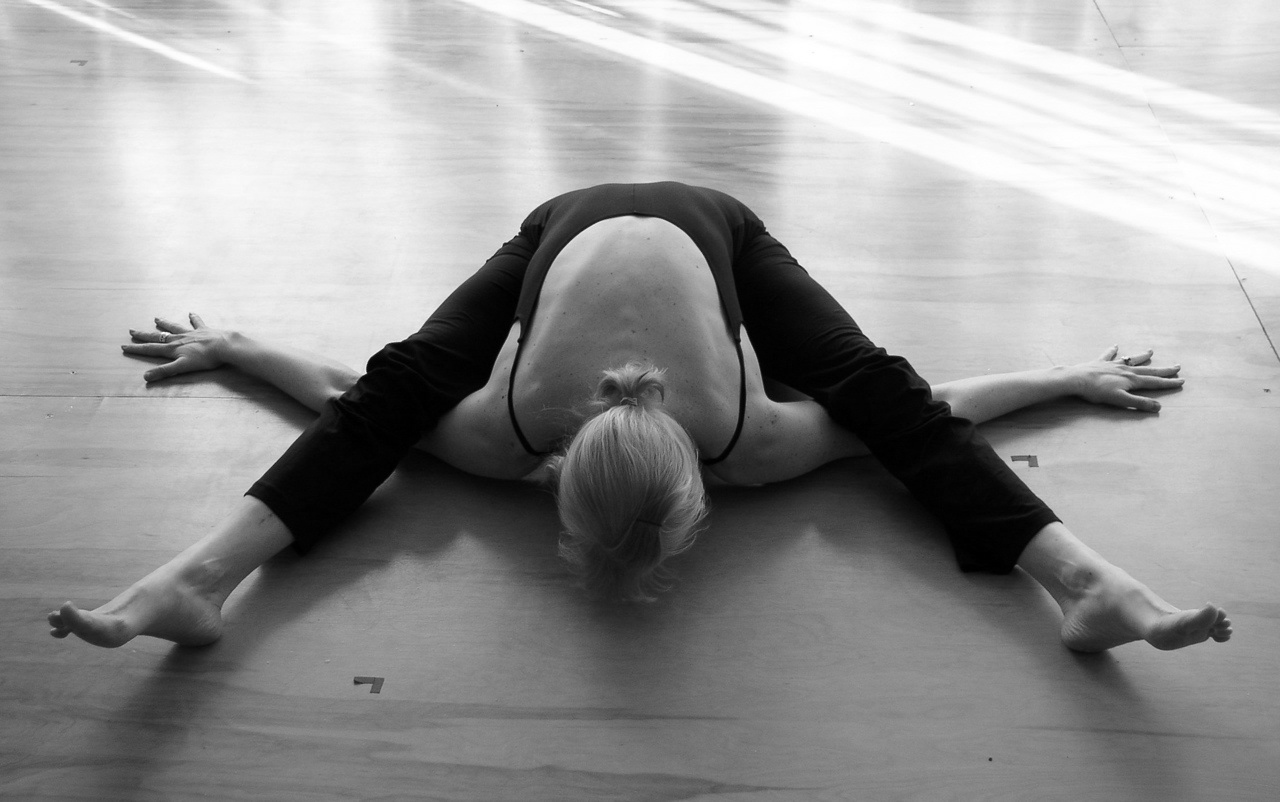HOW TO CARRY OUT KURMASANA
KURMASANA, TORTOISE OR TURTLE POSE
Let us see how to carry out kurmasana or the tortoise pose and also its variations.
First of all lets see what it means:in Sanskrit, kurma means “tortoise or turtle” and asana “pose”, therefore the literal translation is the “Tortoise pose”. This name is due to the shape of the position that recalls the carapace of the animal, but also to the possibility of practicing a sort of interiorization of the senses that is obtained with this asana.
The sense is that how the tortoise withdraws itself into the shell, we have the possibility to withdraw within ourself and rediscover the senses.
HOW TO CARRY OUT KURMASANA
You can enter into this position in two different ways one standing and one sitting down.
Lets see the standing technique:
- Stand on the mat with your feet widely, spaced about 40 to 50cm.
- Lean forward with your bust, keeping your back straight and by starting the movement from your hips, up to the point where you are able to arrive (the abdomen should touch the thighs).
- Bend your knees slightly, place your left shoulder behind your left knee and wrap the leg with the left arm, until you are able to grasp the calf from the front. Do the same with the right arm.
- Now approach your feet, slowly and gradually, until your legs cannot get any closer.
- Try to place your hands to the ground behind you, by bending knees and elbows. Lower your hips untill you sit on the ground. Keep the inside of the thighs contract around the arms for the whole time of the descent, in order to avoid your legs from slipping away.
- Place your feet on the ground and extend your arms straight towards the outside. Slowly move forward with your feet untill your legs are stretched on the ground and simultaneously move your hands outwards as far as possible trying to straighten the arms.
- When you reach your limit rest your chin on the ground, if you can, or approach your forehead to the ground, keeping the shoulder muscles relaxed.
- At this point you can breathe normally and hold the pose till you can.
- Exit from the position very slowly
Lets see the seated technique:
- Sit on the ground with your legs apart so that there will be at least 40-50 cm distance between the knees and bend your knees slightly, while keeping your heels in contact with the ground.
- Try to lift your arms above your head and exhaling, fold your chest forward to the lowest point that you can reach (from the hips and not from the shoulders). Slide your left arm under your left leg and your right arm under your right leg. Straighten the arms as far as possible under the legs with your palms always pointing downwards.
- Calmly also lengthen your legs outwards, pushing your chest downwards. If you can, rest your chin on the mat, otherwise lower your forehead towards the ground. (without vaulting too much your back)
- At this point keep the shoulder muscles relaxed, breathe normally and hold the position till you can.
- To exit kurmasana start bending your knees and then withdrawing your arms from beneath your legs. Unroll the backbone up to return in a sitting position with the spine straight.
Variation of the turtle pose
- If you are carrying out the Kurmasana pose for the first time, try to start with the half position i.e. Ardha Kurmasana. In this simple variation the sole of the foot is maintained resting on the ground. This will allow the knees to be more bent and “lighten” in some way the pose.
If you want to deepen and to start with the basics of yoga take a look at our ebook yoga for everyone
Do you want to become a CERTIFIED YOGA TEACHER? Check out our Training Courses


Leave A Comment